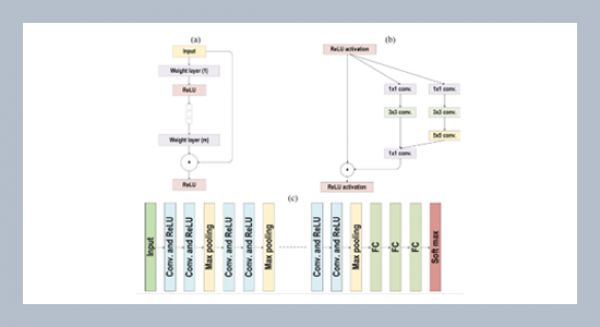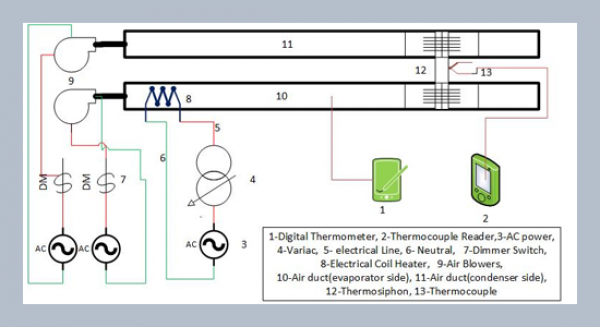Taku J. Kumator1*, Amartey Bilkisu2, Atoza Stephen1 1 Department of Civil Engineering, University of Agriculture, Benue state, Nigeria
2 Department of Civil Engineering, Ahmadu Bello University Zaria, Kaduna state, Nigeria
Download Citation:
|
Download PDF
This research work investigates the effect of addition of potassium hydroxide (KOH), an alkali, and lime on the properties of cassava peel ash (CPA) blended cement mortar. Four binder combinations were used, viz; ordinary Portland cement (OPC, control), OPC-CPA blend, OPC-CPA-Lime blend and OPC-CPA-Lime-KOH blend respectively at 10% replacement of OPC with CPA. Properties investigated include strength and durability, measured using sorptivity, water absorption and apparent porosity for mortar specimen cured at 7, 14 and 28 days respectively for each of the binder combinations. The result shows that the OPC-CPA-Lime mortars showed better compressive strength, sorptivity, apparent porosity and water absorption performance than the other mixes. The performance of CPA-Lime blended cement mortar at 10% replacement of OPC with CPA and 4% replacement of CPA with lime compared favorably with OPC mortars in terms of strength and durability and is thus recommended for use in mortars.ABSTRACT
Keywords:
Mortar, Lime, Cassava peel ash, Compressive strength, Durability, Sorptivity, Apparent porosity.
Share this article with your colleagues
REFERENCES
ARTICLE INFORMATION
Received:
2017-08-14
Revised:
2019-04-05
Accepted:
2020-10-15
Available Online:
2020-12-01
Taku, K.J., Bilkisu, A., Stephen, A. 2020. Effect of potassium hydroxide and lime on the strength and durability of cassava peel ash blended cement mortar. International Journal of Applied Science and Engineering, 17, 405–409. https://doi.org/10.6703/IJASE.202012_17(4).405
Cite this article:
Copyright The Author(s). This is an open access article distributed under the terms of the Creative Commons Attribution License (CC BY 4.0), which permits unrestricted use, distribution, and reproduction in any medium, provided the original author and source are cited.















